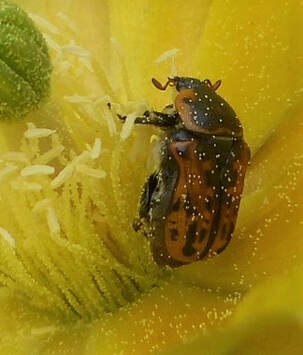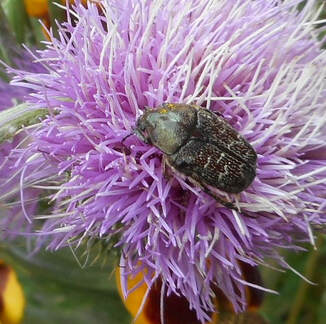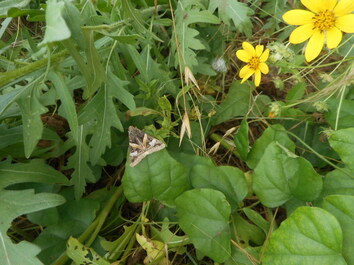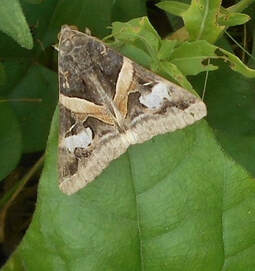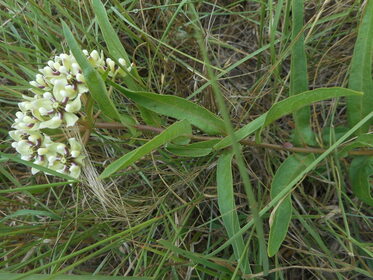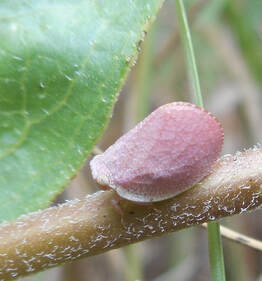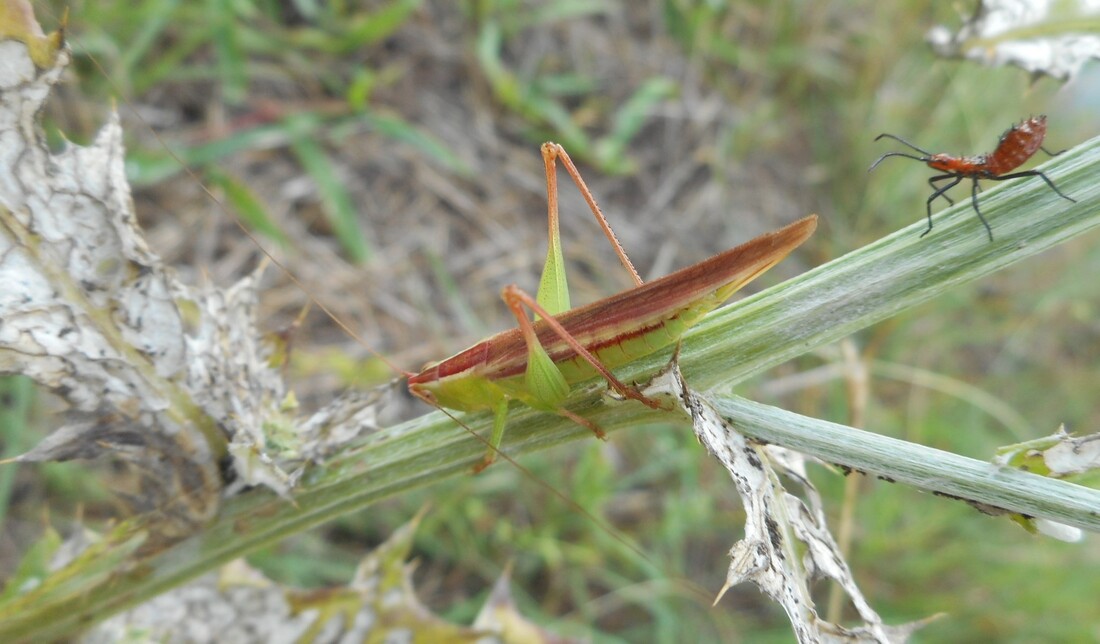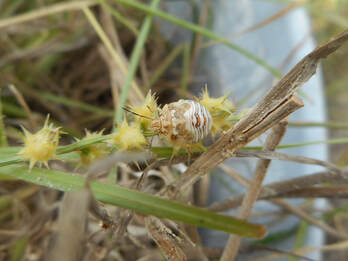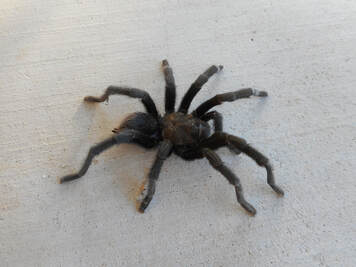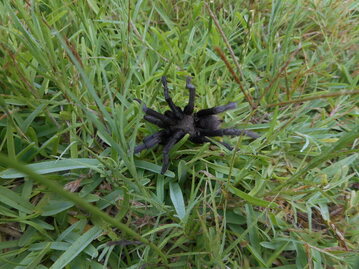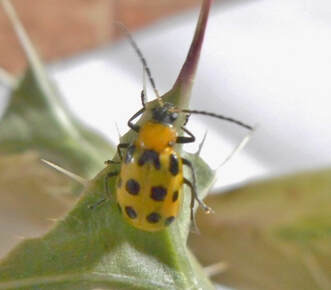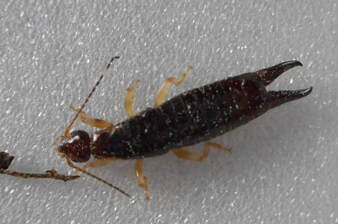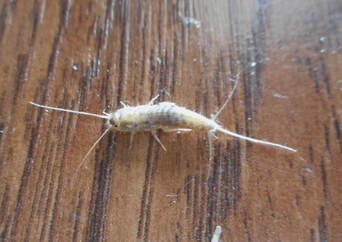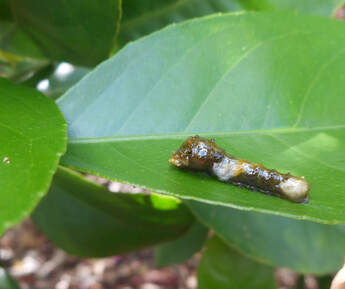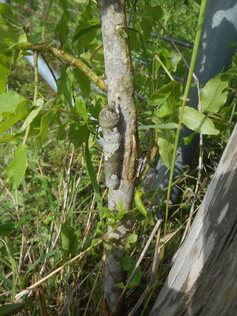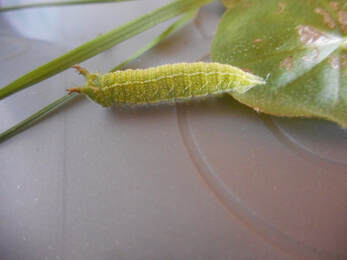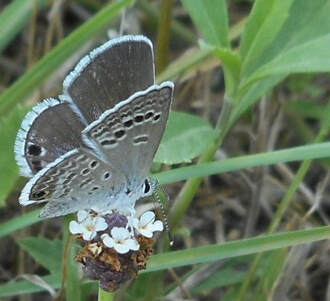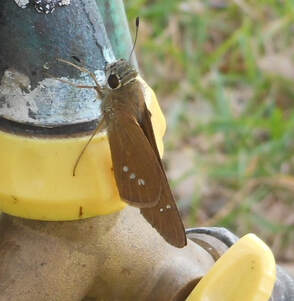To help find the hidden guest, click on the picture to enlarge.
Answers can be found at the bottom of this page.
|
145. Indomitable Melipotis Moth:
a) is common in Texas b) host plant is mesquite c) is a medium sized moth, wingspan 4-5 centimeters (1.6 – 1.9 in) d) all of the above e) a and c only |
|
146. Planthoppers:
a) come in multiple body colors b) feed on juice or sap of plants c) are very small pest insects d) all of the above e) a and c only |
|
151. Texas Brown Tarantulas:
a) are large and hairy b) their bite can cause an allergic reaction c) are beneficial arachnids d) all of the above e) a and c only |
|
155. Giant Swallowtail Butterfly Caterpillar:
a) looks like bird droppings b) has a saddle on its back c) is nicknamed “orange dog” d) a, b and c e) a and b only |
|
157. Reakirt’s Blue Butterfly:
a) has several black spots on underside of wings b) also known as “Solitary Blue” c) male is a deeper blue in color d) all of the above e) a and c only |
|
Answers:
|
142 e, 143 e, 144 a, 145 d, 146 d, 147 c, 148 a, 149 b, 150 a,
151 d, 152 d, 153 d, 154 e, 155 d, 156 c, 157 d, 158 a |

